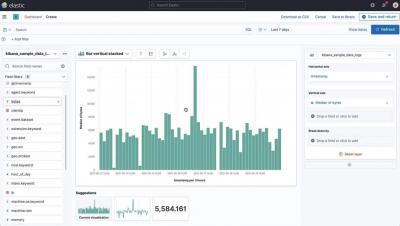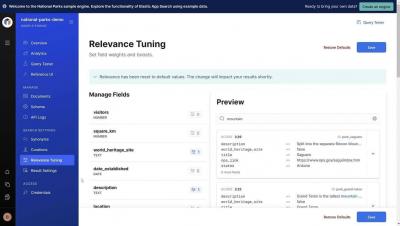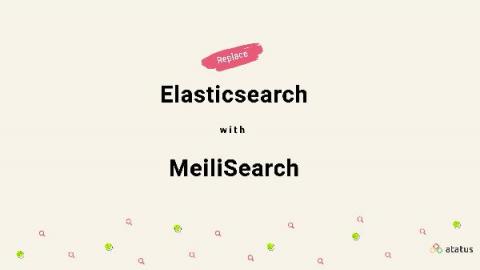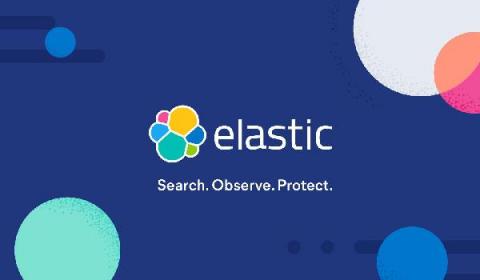Finding business-critical files is a top challenge for workers - better search is the answer
Even before COVID-19 forced nearly everyone to grapple with virtual work, most organizations had mountains of content scattered across numerous teams and dozens, if not hundreds, of apps. But now new research shows the cost of poor employee experiences for organizations: productivity, confidence, and opportunity.













